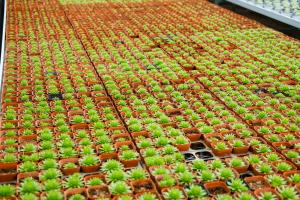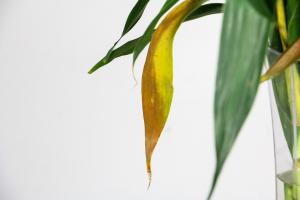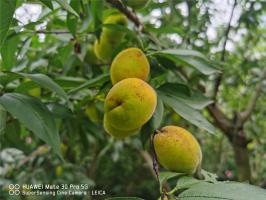Can Tomato Plants Grow in Sand?
When it comes to growing tomatoes, most gardeners rely on nutrient-rich soil to support healthy plant growth. However, some may wonder if it's possible to grow tomato plants in sand. The short answer is yes, tomato plants can grow in sand, but it's not the ideal growing medium for them. In this article, we'll explore the pros and cons of growing tomatoes in sand, and provide some tips for success.
Pros of Growing Tomatoes in Sand
The main advantage of growing tomatoes in sand is that it provides excellent drainage. Unlike soil, sand doesn't hold water for long periods of time, which can prevent issues like root rot and fungal diseases. Additionally, sand is a sterile growing medium that is less likely to harbor pests and pathogens than soil.
Cons of Growing Tomatoes in Sand
While sand may be advantageous in some ways, it's not without its drawbacks. One of the main challenges of growing tomatoes in sand is that it lacks nutrients. Unlike soil, which contains a variety of minerals and organic matter that plants need to grow, sand is largely devoid of these important elements. As a result, plants grown in sand may be more susceptible to nutrient deficiencies and may require more fertilizer to thrive.
Another downside of growing tomatoes in sand is that it can be difficult to maintain the right moisture levels. Since sand doesn't retain water well, it may be necessary to water plants more frequently than if they were grown in soil. Additionally, sand can become compacted over time, which can reduce air circulation and make it harder for roots to grow.
Tips for Growing Tomatoes in Sand
If you choose to grow tomatoes in sand, there are a few things you can do to maximize your chances of success. First, it's important to choose a high-quality sand that is free of contaminants and has a well-graded particle size. Using coarse sand can help improve drainage and prevent compaction.
Another key tip is to supplement your sand with additional nutrients. You can do this by adding compost or other organic matter to the sand, or by using a high-quality fertilizer. It's important to monitor nutrient levels regularly and adjust your fertilization strategy as needed.
Maintaining the right moisture levels is also crucial when growing tomatoes in sand. Be sure to water your plants frequently and monitor them closely for signs of stress or underwatering. Additionally, you may want to consider using mulch or other materials to help conserve moisture and prevent evaporation.
Conclusion
While growing tomatoes in sand may be possible, it's important to recognize the potential challenges and take steps to address them. By choosing high-quality sand, supplementing with additional nutrients, and maintaining proper moisture levels, you can help ensure that your tomato plants thrive in a sand-based growing medium.

 how many times do yo...
how many times do yo... how many planted tre...
how many planted tre... how many pine trees ...
how many pine trees ... how many pecan trees...
how many pecan trees... how many plants comp...
how many plants comp... how many plants can ...
how many plants can ... how many plants and ...
how many plants and ... how many pepper plan...
how many pepper plan...































